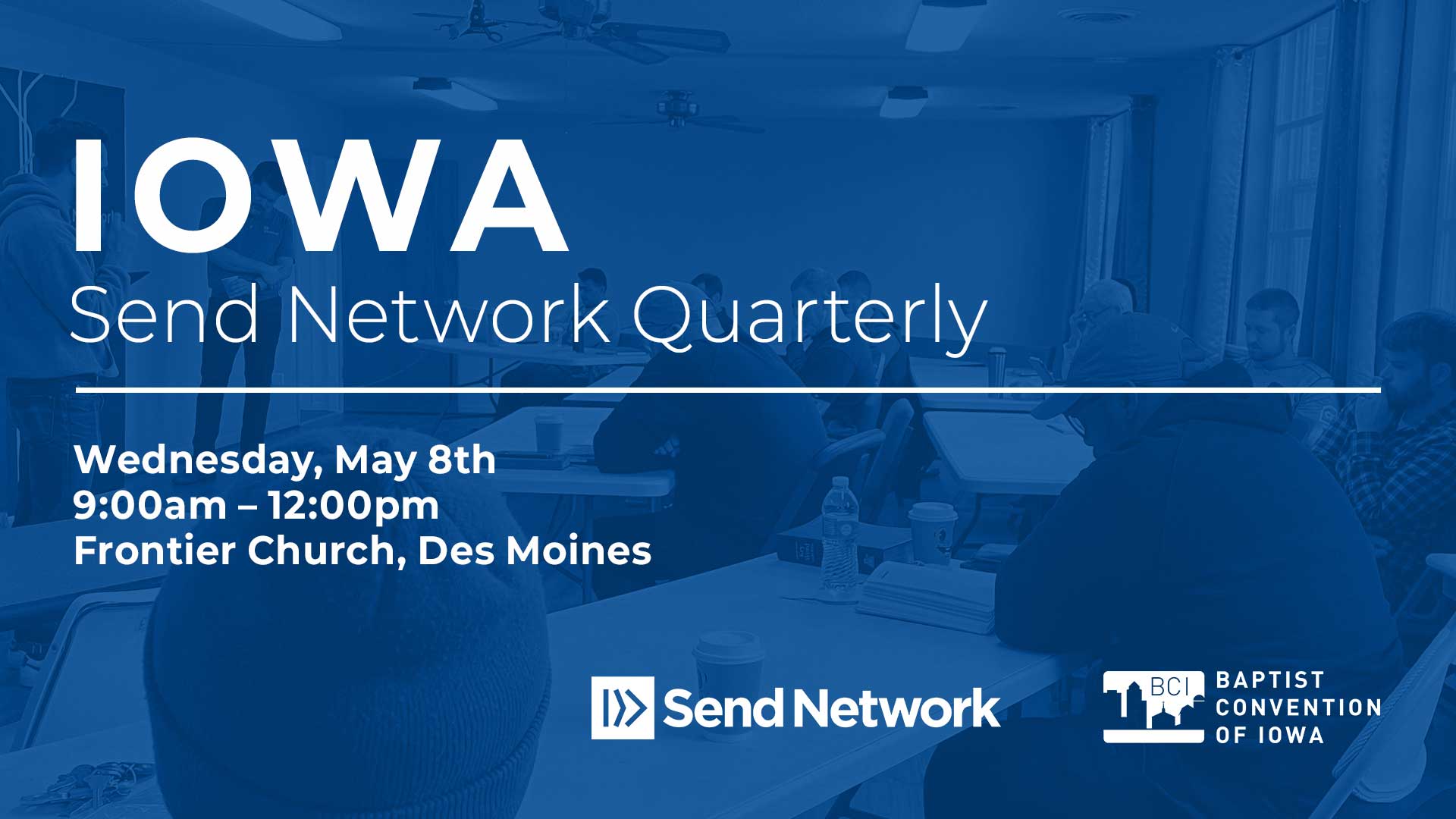By Mark Clifton
A dying church robs God of His glory.
Yet it doesn’t have to.
Those two truths have driven my journey with legacy church planting for the past decade.
Each year about a thousand churches disappear from the Southern Baptist database, the majority of them closing. God gets no glory when that happens. Of those churches, 77 percent are located in metro areas. That means in the areas where we as Southern Baptists have identified we need churches the most, we’re starting to fall behind. We need to start even more churches in these metro areas every year just to catch up with the ballooning church death rate.
The answer isn’t just better strategy. The answer isn’t just better preaching. The answer isn’t even just telling more people about Jesus.
You turn around a struggling church through a passion for the glory of God in all things. This alone must be the beginning and primary motivation for intervening in a dead church, even over worthy goals such as reaching the community, growing the church and meeting needs. A new church plant could reach the community and meet needs. But replanting a dying church glorifies God by reclaiming a church near death as it does those same things. The purpose of all creation is the glory of God. This is exactly why He created the Church. Romans 11:36 proclaims, “Everything is from him and by him and for him. Glory belongs to him forever!”
But I believe declining churches can once again project the glory of God to their community.

LifeConnection Church of Independence, Mo., hosts a block party as a way to build relationships in their neighborhood. The church meets in the building that previously housed Birchwood Baptist Church. The two churches officially merged late last year. An important part of the legacy church planting process is demonstrating to the neighboring community that a new, energetic church is now meeting in the building that once housed the declining congregation.
Photo courtesy LifeConnection Church
Just ask the people who once made up Birchwood Baptist Church of Independence, Mo. Struggling through years of decline the church reached out to LifeConnection Church, a 6-year-old church plant also in the same Kansas City suburb, to see if they might be interested in merging the two churches. Birchwood would provide the building. LifeConnection would provide the young, energetic leadership.
LifeConnection Church had been looking for a permanent location to put down roots in the community, but they were located in another part of the city. Still both churches prayed through the potential merger and late last year voted to merge.
I have an the privilege to walk with them through this journey a bit and had a front row seat to what God is doing in this merger. It wasn’t always an easy journey. For new life to come, leadership has to be handed off. A church that faced years of decline has to be humble enough to follow new leaders. Ministries have to come to an end. Traditions have to cease.
If you’ve ever walked with an aging parent through the last stages of their life, you’ve got a glimpse of what this is like. It’s painful, confusing, transformational time for your relationship with your parents. It’s similar for a struggling church that merges with a new church plant.
But it’s a process that has to happen. Churches in decline are perfectly designed to get the results they’re getting. Without a change in leadership, decline will continue. It’s a forgone conclusion.
That’s not what’s happened at the church formerly known as Birchwood Baptist Church. Just three months after that merger, the church averages around 300 in attendance. What makes that number particularly impressive is that they’re more than the sum of their parts. You add up the attendance of both churches prior to the merger and it doesn’t equate to 300. And it has been like that for most of the past three months.
Why you ask? God brought life to a struggling church. People want to be a part of places where transformation isn’t just a word in the sermon but a personal and institutional reality.
And God gets the glory when that happens.
Learn more about legacy church planting at namb.net/Legacy.
Mark Clifton serves as the national legacy church strategist at the North American Mission Board.






